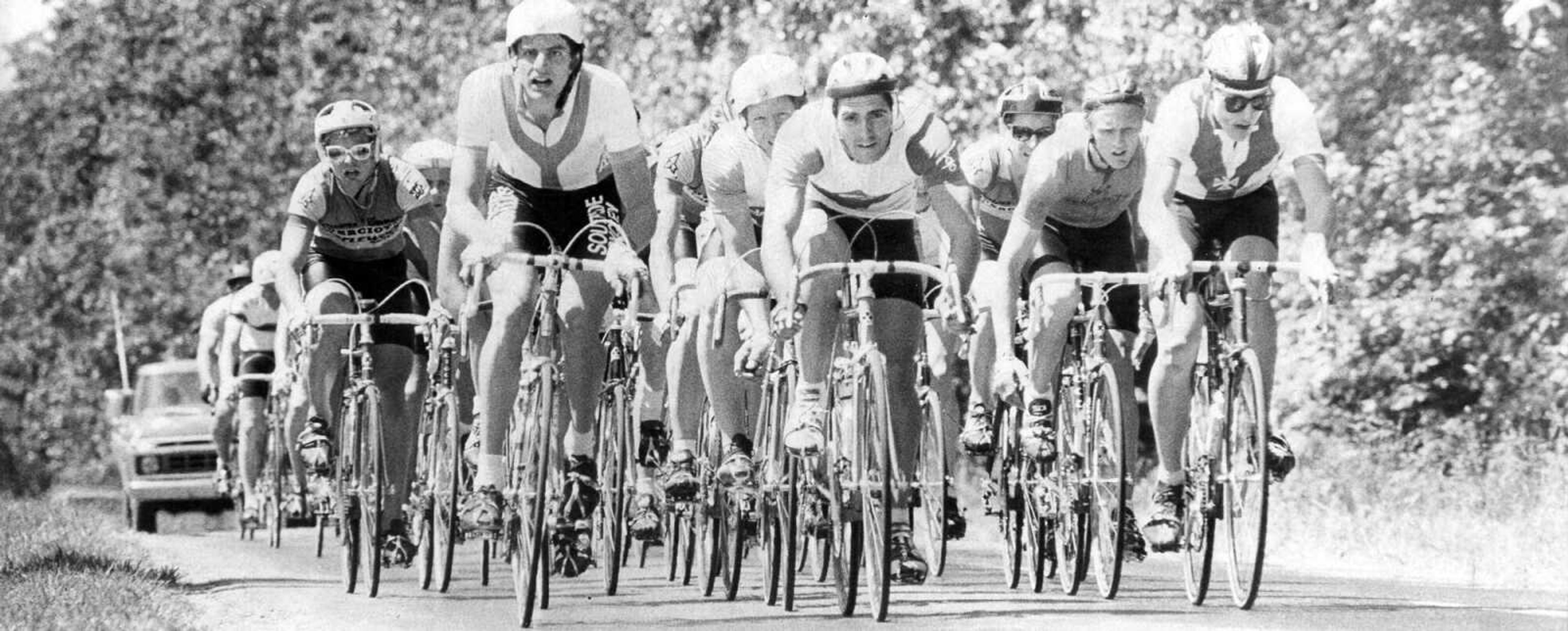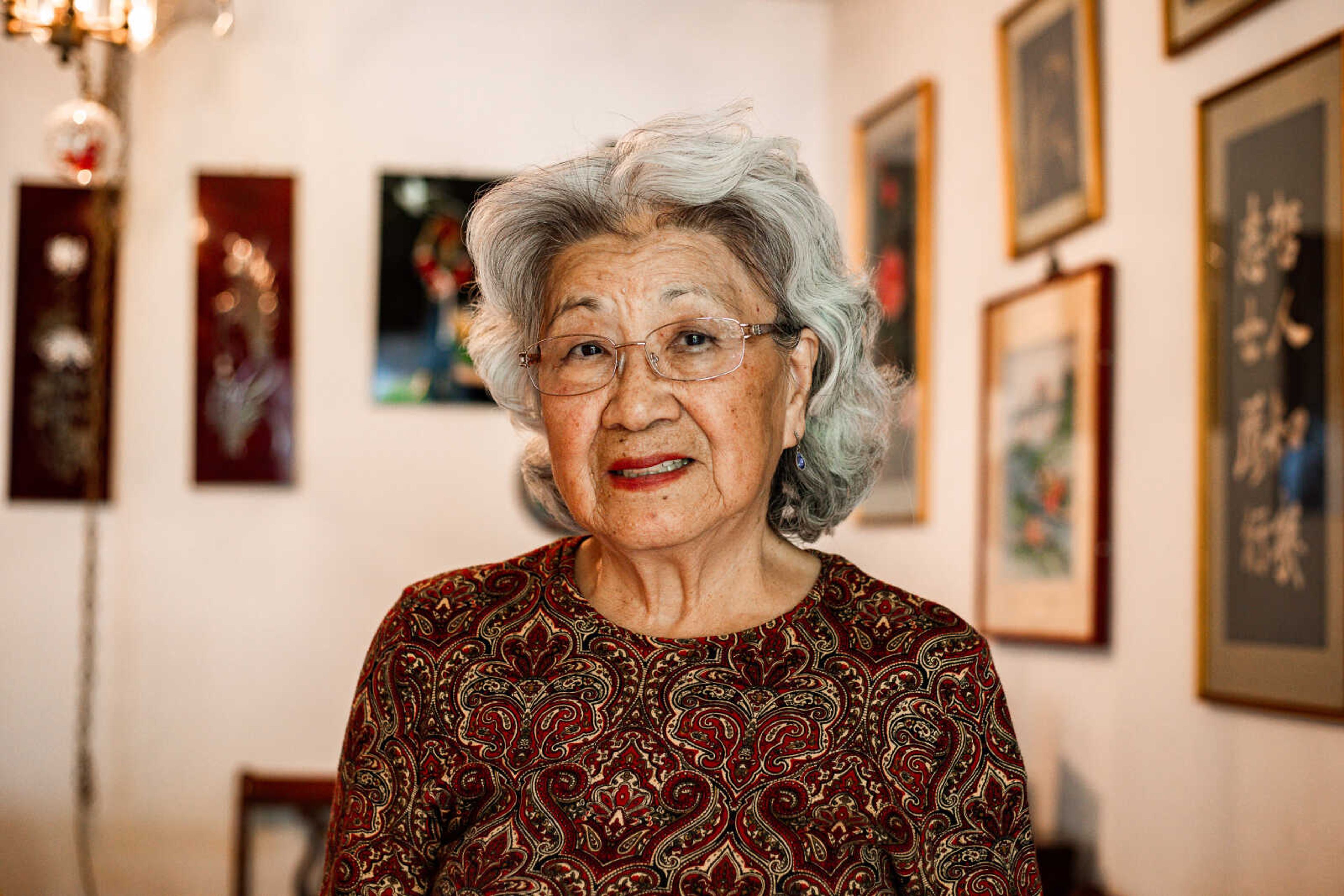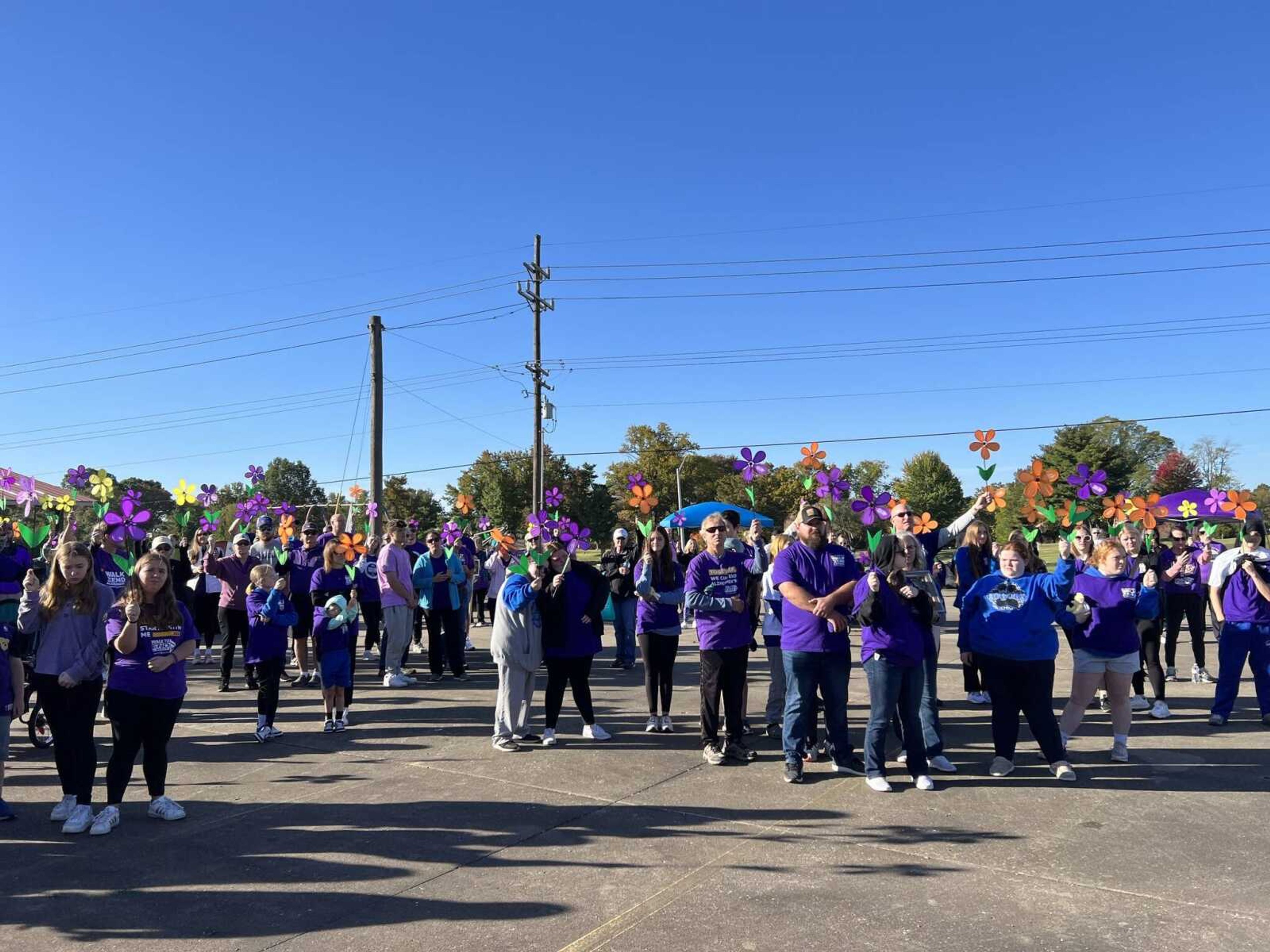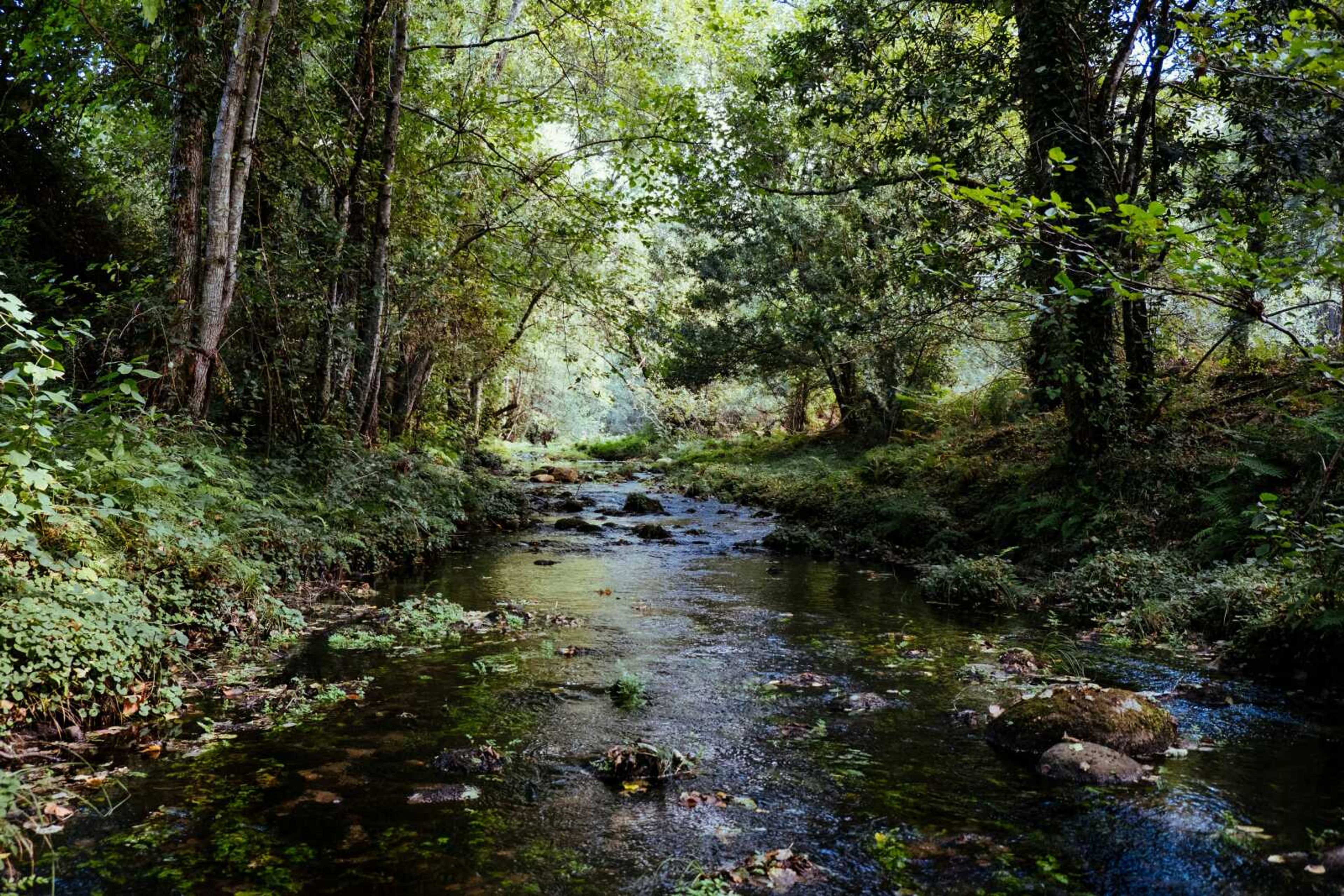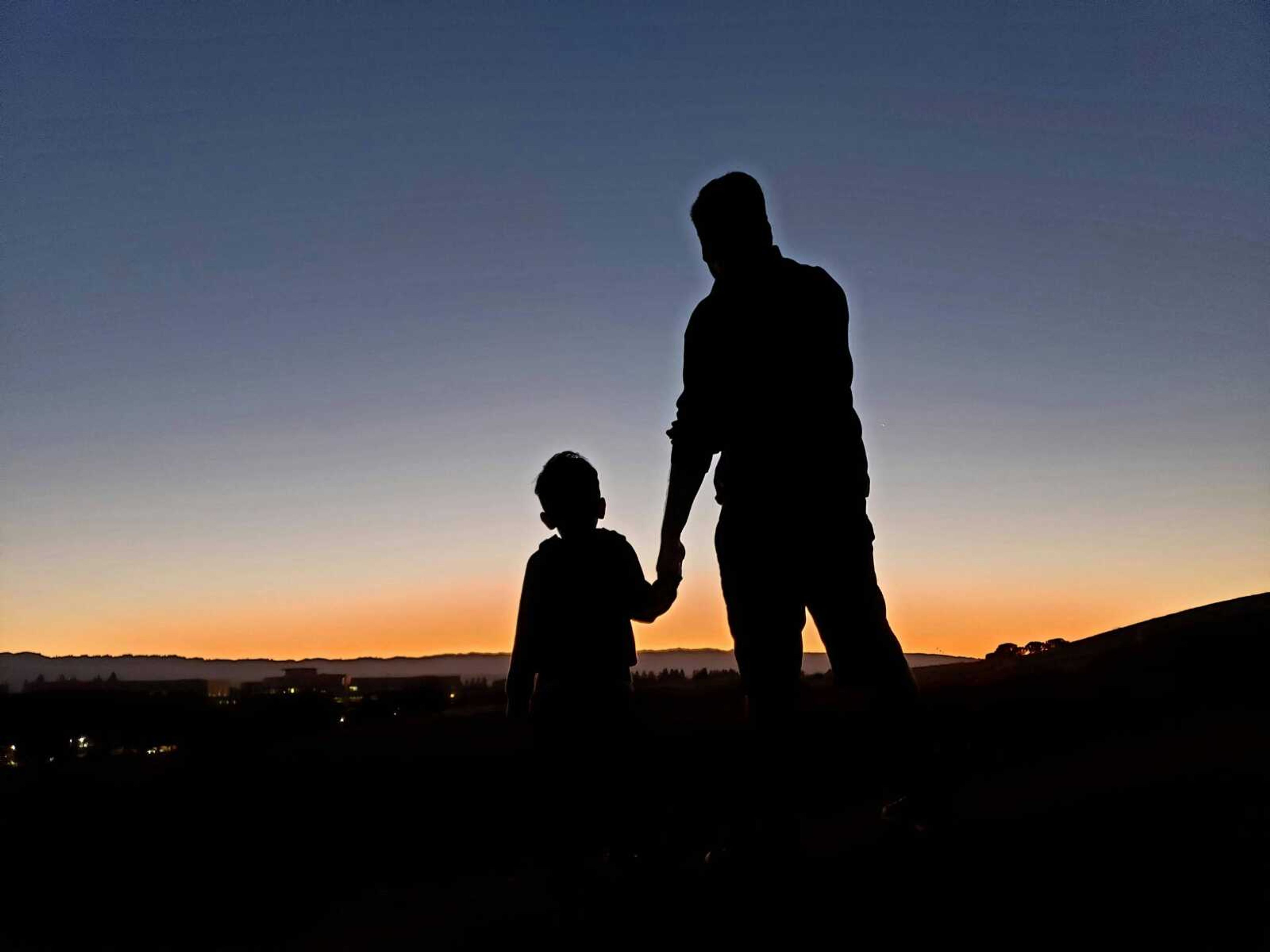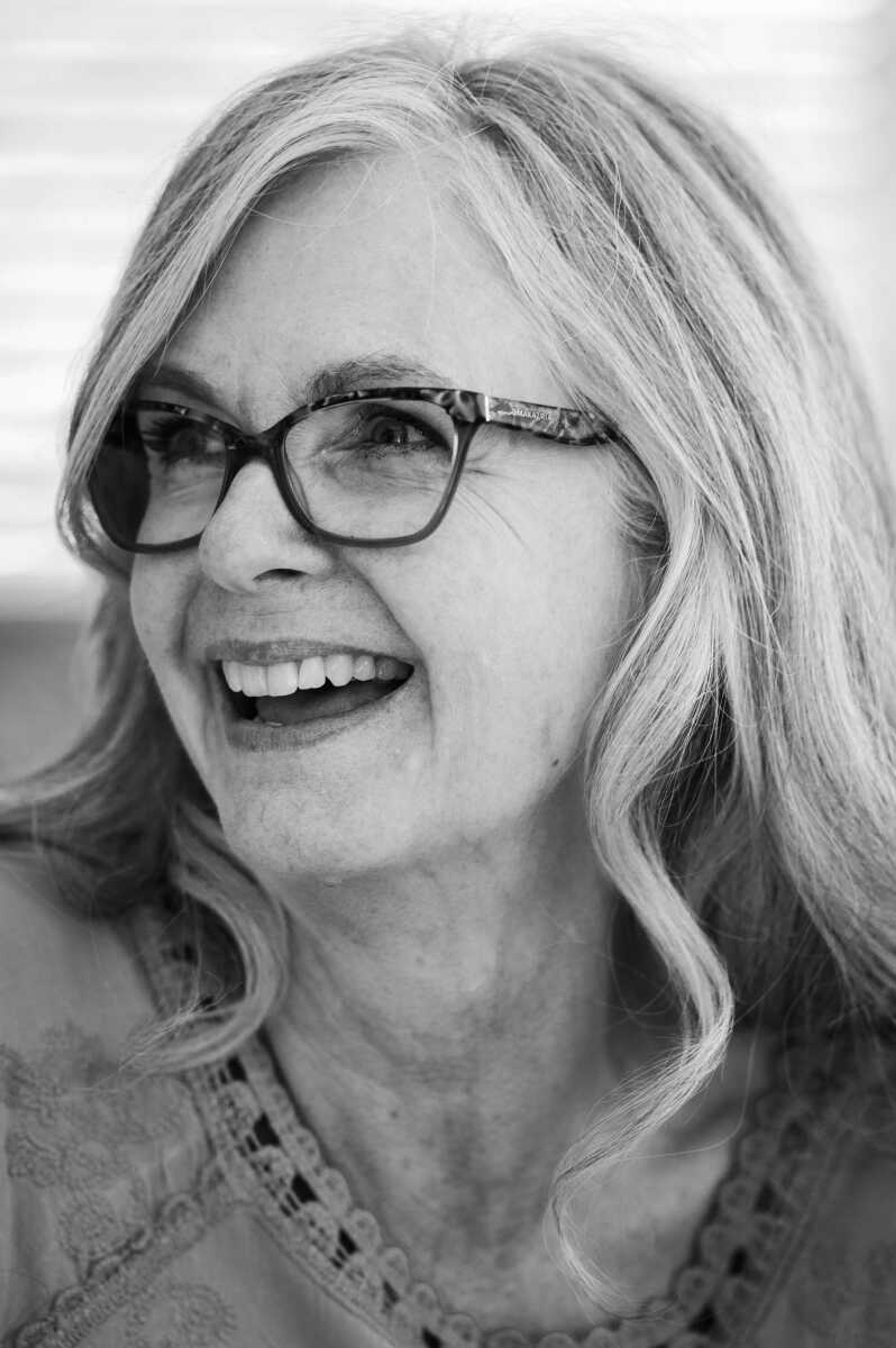Cycling has deep roots in the Cape Girardeau community, going all the way back to the late 1800s when Cape became one of the most famous bicycle race towns in the Midwest. In the late 1890s, Frank Dunlap built a quarter-mile wooden track, bringing highly-decorated national and international cyclists to the town.
At the time, bike racing rivaled horse racing, bringing a couple thousand people to the grandstands to watch cyclists from all over the world compete. Popular cyclists from this era who raced locally included Jim Michael of Wales, Bill Martin of South Africa and Slim McFarland of California. In 1901, E.M. Doyle of Cape Girardeau became a world champion in the mile at the track. However, one of the more famous cyclists of the era has ties to the track in Cape Girardeau, although he never actually raced there.
Marshall “Major” Taylor, an African American professional cyclist, could be considered the greatest American sprinter of all time, even by today’s standards. Taylor established seven world records between 1898 to 1899, and in 1899, he won the one-mile sprint at world championships in Montreal, Canada, making him the first African American to win a world championship in cycling and the second Black athlete to win a world championship in any sport.
In 1898, Taylor competed in the American Racing Cyclists’ Union (ARCU) sprint championship in St. Louis and Cape Girardeau. However, because he was a devout Baptist, he refused to race in the finals in Cape because they were held on a Sunday. As a result of his decision not to race due to religious reasons, the ARCU suspended him from membership, and he went to Europe to continue racing. The controversy of this decision brought notoriety to Cape Girardeau in the sport of cycling.
The track lasted only a few more years, partly because the owner ran into trouble with the law, but various races continued to be held in Cape throughout the years.
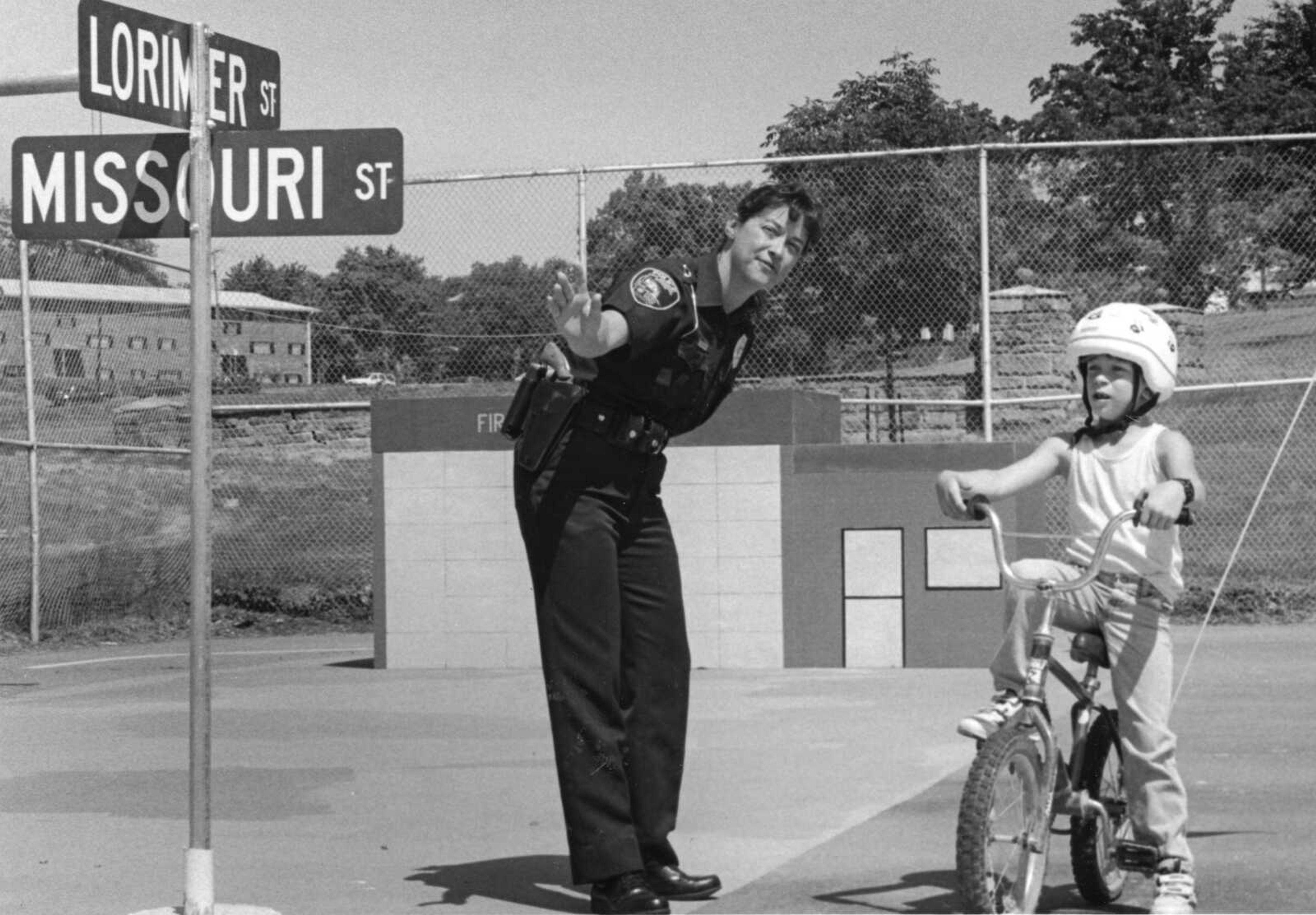
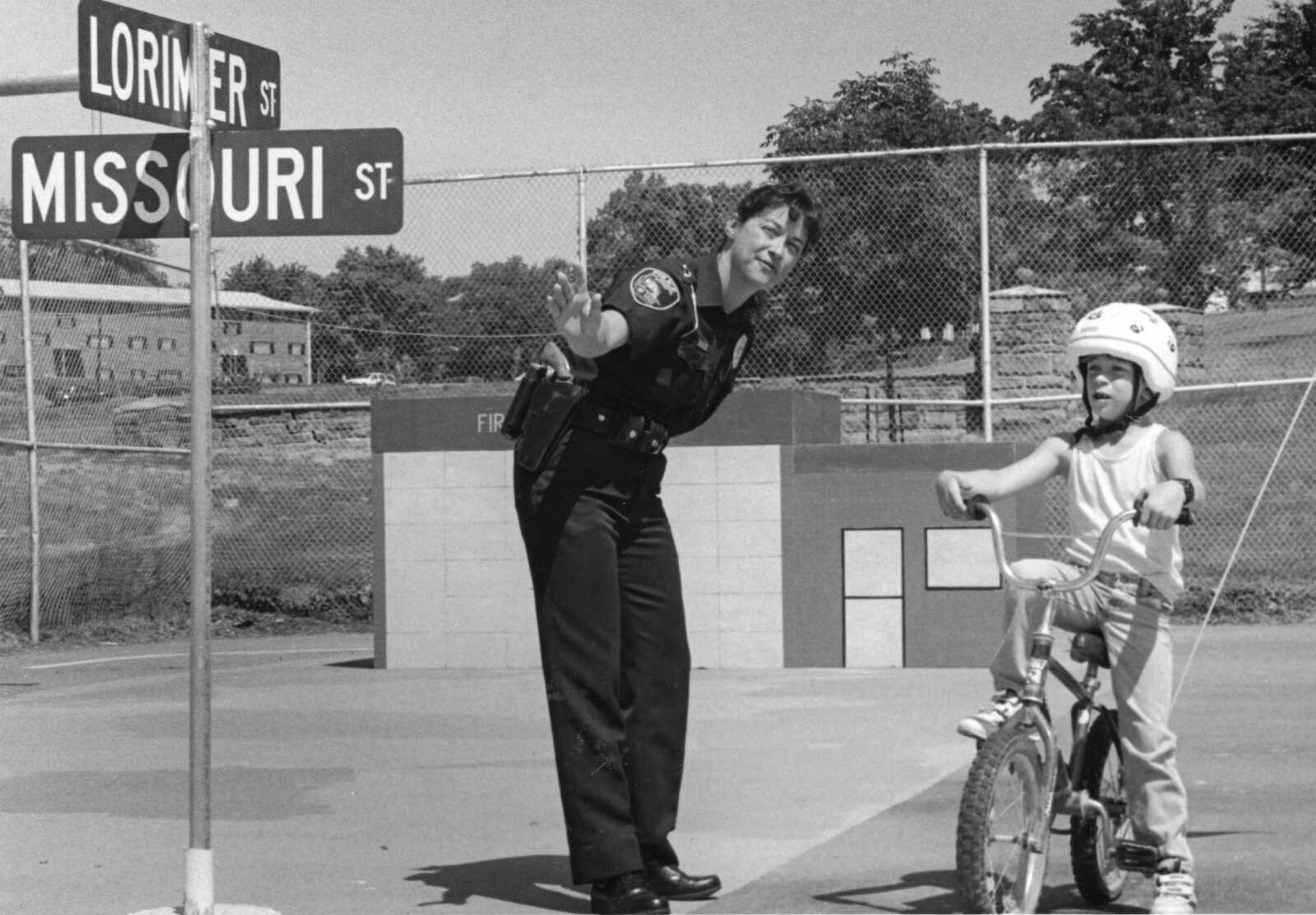
__The rise of the bike shop__
As people showed more and more interest in cycling, local bike shops became the backbone of the cycling community. There is just something welcoming about getting to know the crew at your local bike shop, especially when a visit to the bike shop often turns into a social gathering.
In 1978, a small bike shop on Spanish Street went up for sale. Eric Gooden, a St. Louis native who had just graduated from Southeast Missouri State University (SEMO) with a marketing degree, bought the shop and renamed it Cape Bicycling and Fitness. He moved the shop to Broadway Street in 1984, and as the shop continued to expand, he moved it to its current location on William Street in 1994.
“If a community is interested in growth, they will make sure activities are available to people,” Gooden says.
In his first year of owning Cape Bike, Gooden wanted to start a bike club, so he put an ad in the newspaper to generate interest and rented a room in the University Center at SEMO for their first meeting. While Cape Bicycle financed the club, Gooden says he wanted the shop to be its own entity.
The mission of the club, called Velo Girardeau, was to provide participants with opportunities for social interaction while exercising in a low-pressure environment where people with any level of experience could feel comfortable.
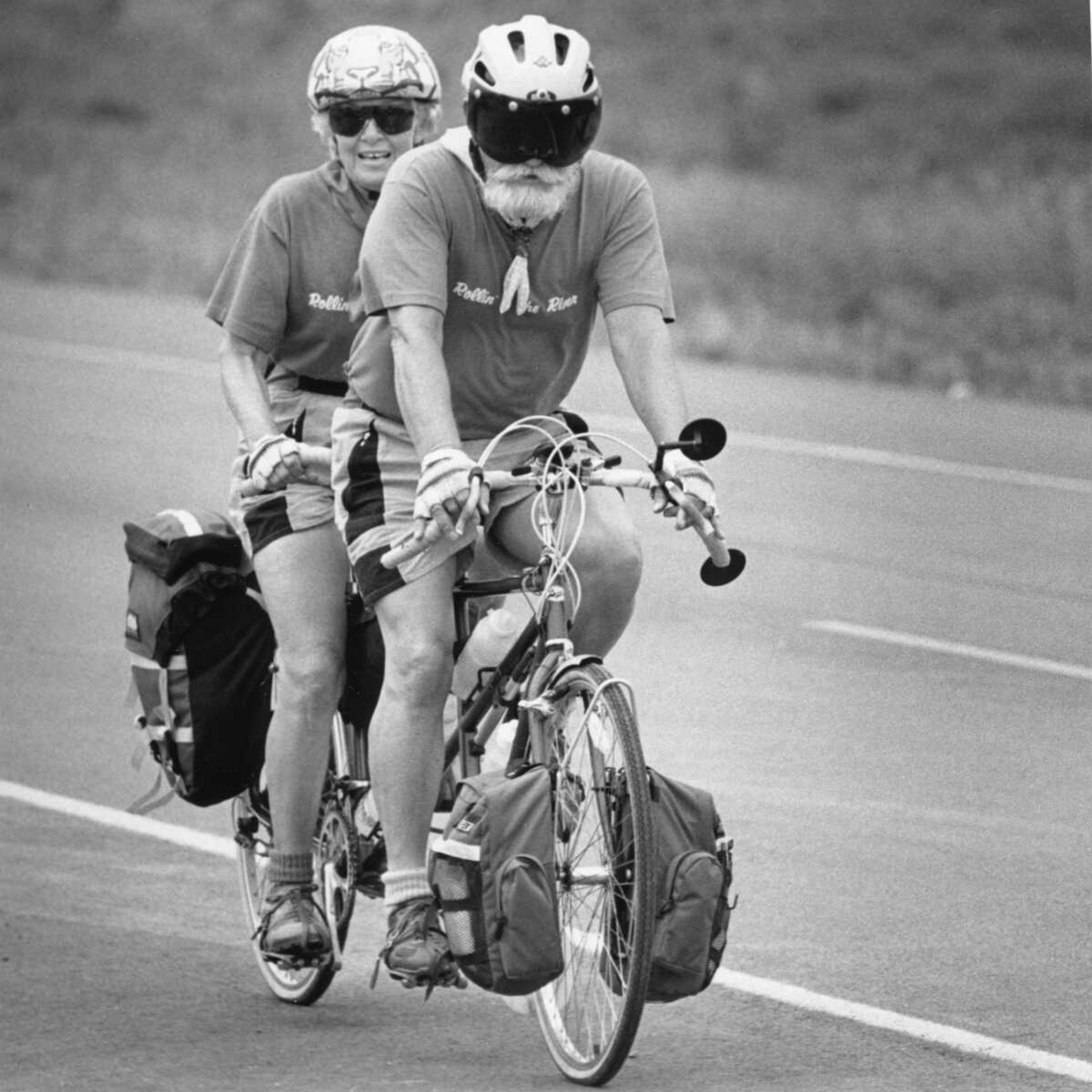
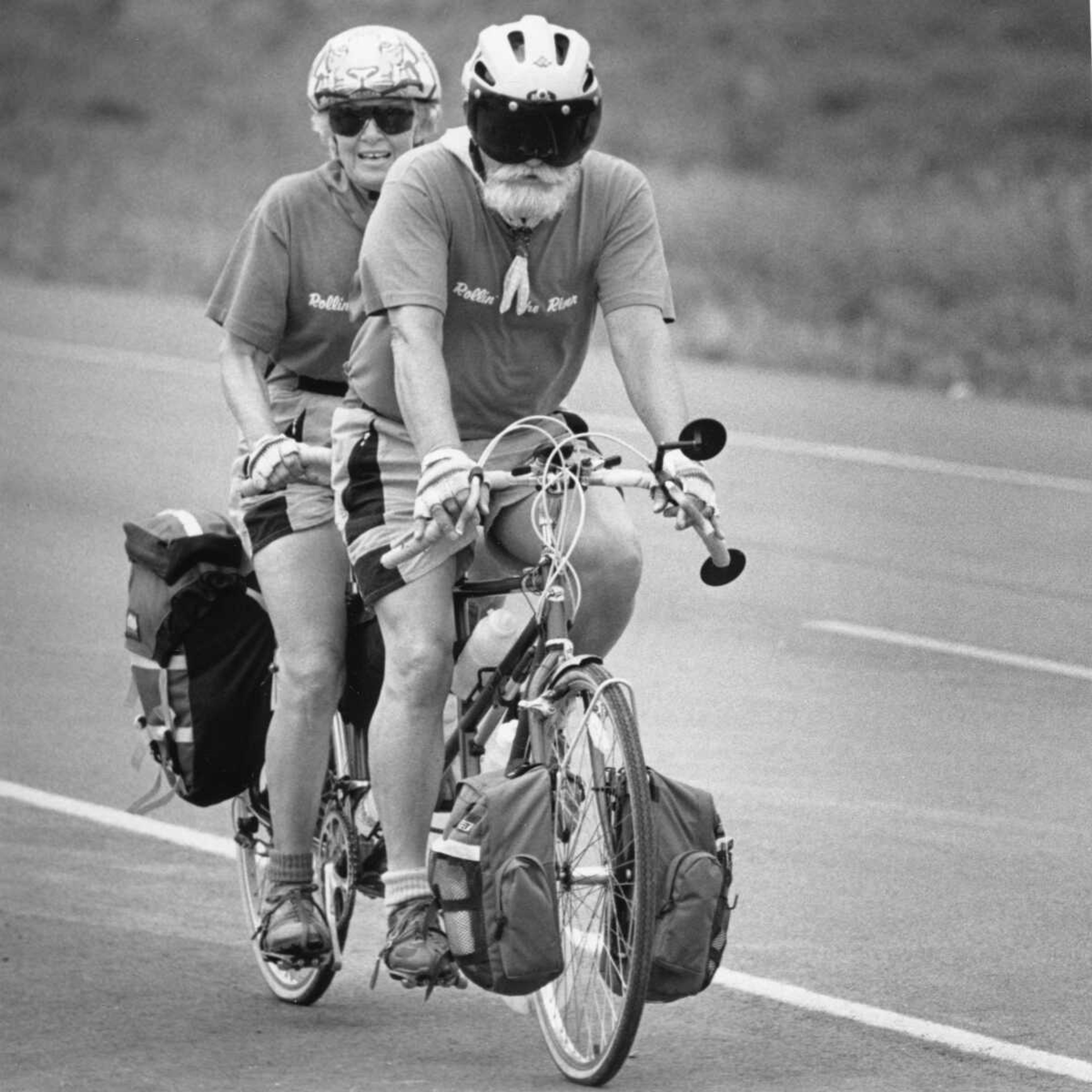
The club rode anywhere from 16 to 100 miles every Sunday and eventually grew to where they added evening rides twice a week. Pete Kerr, Judy Cureton and Dave Knapp were some of the original members of Velo Girardeau and were integral in creating routes that are still used today.
“Cycling literally opened up the world for me, because I’ve cycled on every continent not covered in ice,” says Cureton, whom Kerr nicknamed the Grand Dame of Cycling.
For her, the local club was a fun group of friends, and some of them still to this day continue to get together to ride.
__Off to the races__
In the early 1980s, bike races were held in downtown Cape Girardeau. Pro cyclist Bill Logan helped organize the USA Cycling races, which included a media celebrity race and a criterium race that was a quarter-mile lap along Main Street and Water Street. Participants raced for 35 minutes plus five laps.
Starting in the late 1980s, Velo Girardeau members organized a Bike Across the Bootheel (BAB) 60-mile ride. This unsupported ride lasted only a few years, mainly because there were few accommodations along the route.
Velo Girardeau also awarded the Brown Cup annually from 1986 to 2010. Named for Phil Brown who won the first three years, it was a traveling trophy awarded to the oldest finisher of the club’s annual century ride. Of the recipients, the youngest was 54, and the oldest was 72.
Tour de Corn also has its roots with Velo Girardeau. Mike Bryant from East Prairie, Mo., often joined the club on group rides; he was looking for additional events and recreation for the sweet corn festival. He worked with Silvey Barker to organize a bike ride, and the rest is history. Participation started with 175 people in 2002 and is now more than 1,200 people. It has been listed as a Top 10 event in Bicycling Magazine. Pete Kerr had the honor of receiving the first No. 1 on the first Tour de Corn.
Started by Steve and Jan Gerard, the Tour de Cape is a charity ride originating in historic downtown Cape Girardeau with distances from 15 to 60 miles. In 2022, event organizers added a gravel loop to the ride options. Held annually in October, this event is a fundraiser that provides scholarships for disabled children whose parents would not otherwise be able to provide therapy for their children.
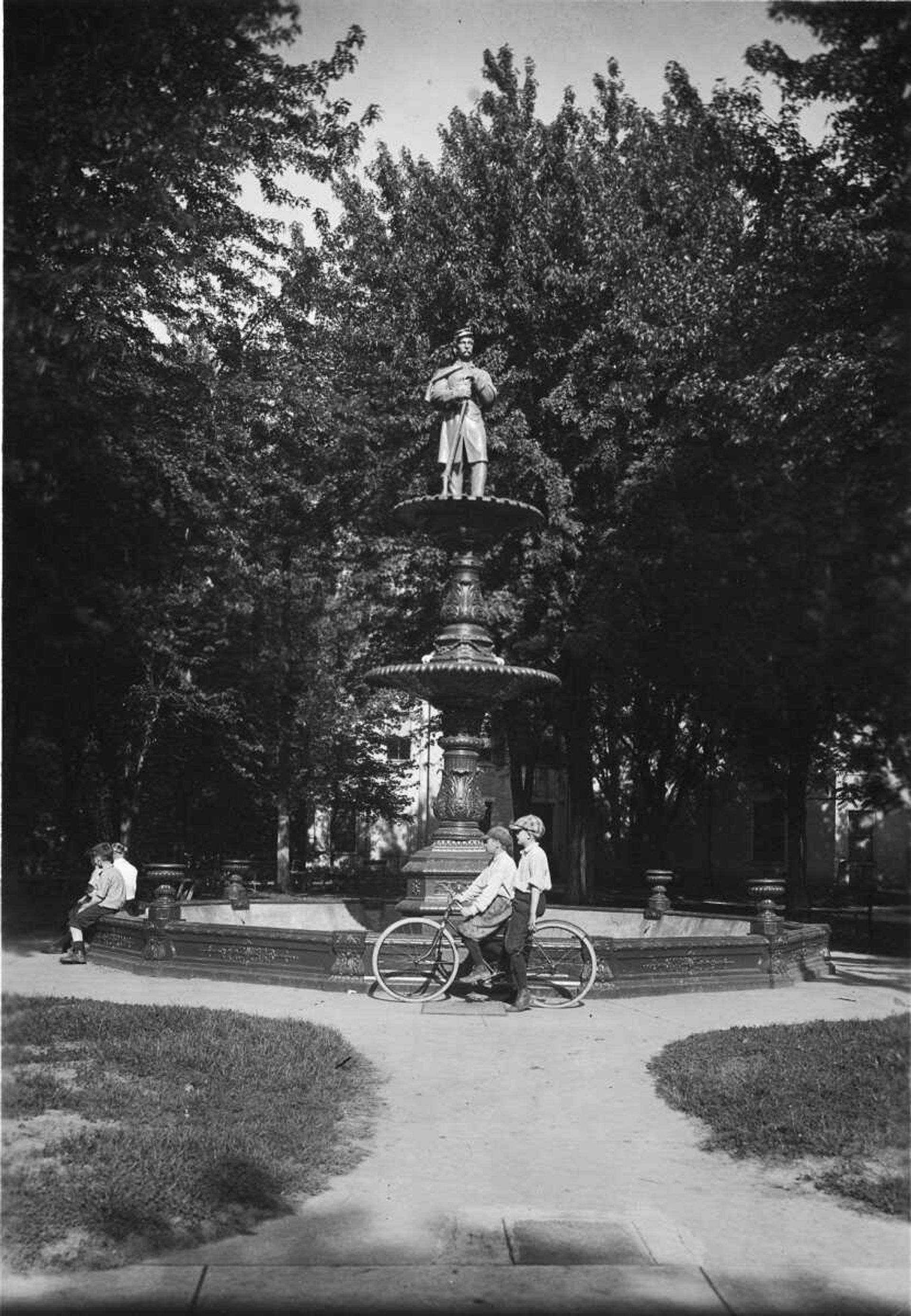
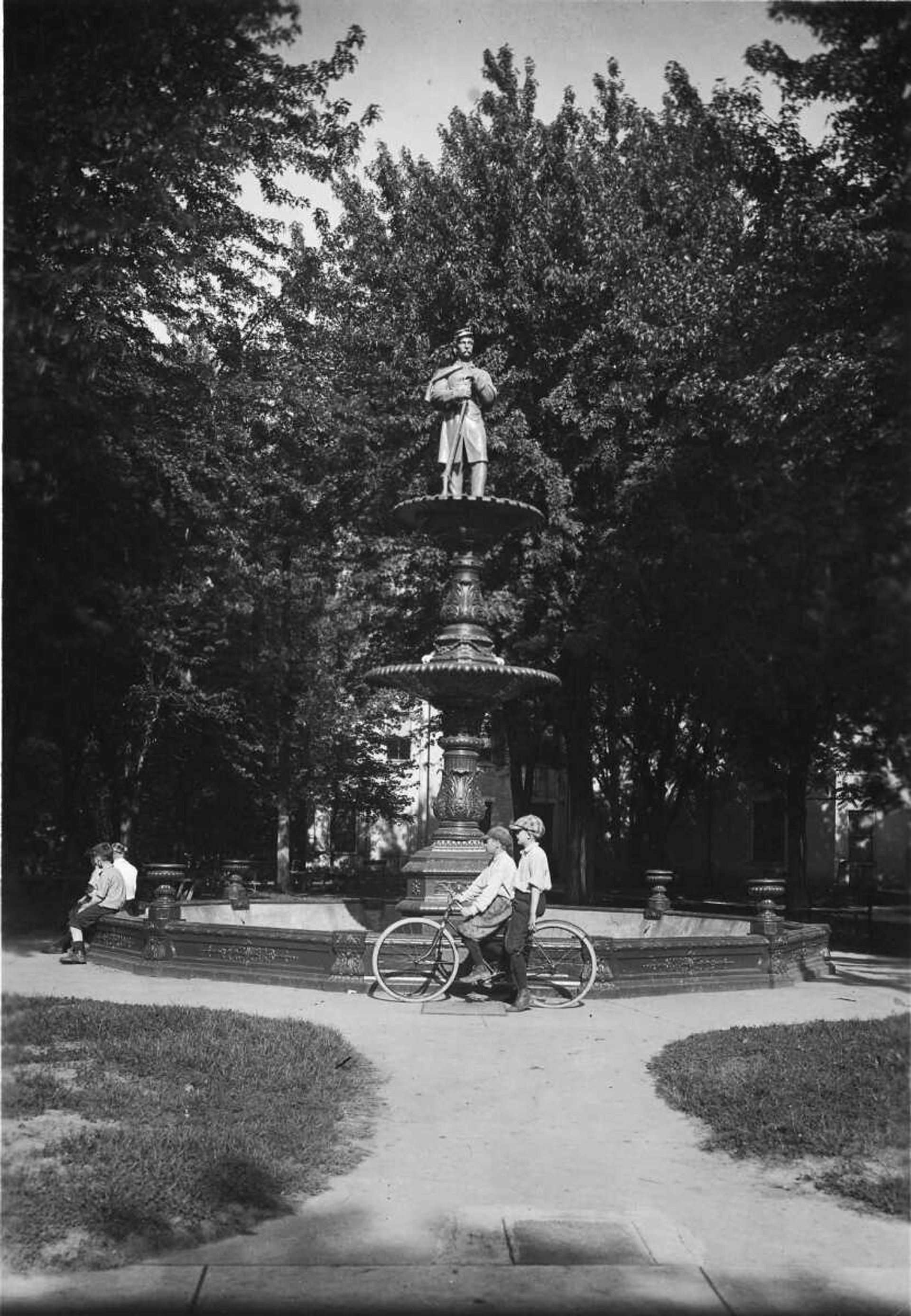
__A second shop comes to town__
In 2003, John Dodd’s passion for cycling led him to open the bicycle shop Cyclewerx, offering sales and service, as well as a gathering place for those who share a common love of bikes. Many hours have been spent on the shop couches, with friends trading stories and talking bikes. This year, the shop is celebrating its twentieth anniversary.
“It’s not a bike shop, it’s therapy,” says Matt Ochs, mountain biker and member of the Cyclewerx race team.
Dodd also provided cycling enthusiasts an opportunity to join a race team. The team remained active for more than 10 years, with members competing in races that included road and time trial, criteriums, mountain bike and cyclocross.
The first mountain bike race in the area took place at Delaware Park in 2006, prior to it officially being designated as a park. The race moved to Klaus Park and has undergone a few name changes, but it is held annually in August and typically brings racers from the St. Louis area, Illinois and Kentucky. For many local mountain bikers, this is the race that got them hooked on the sport.
In 2018, Cyclewerx began organizing Tuesday night gravel rides. These year-round, no-drop rides start in downtown Cape and travel across the Bill Emerson Memorial Bridge into southern Illinois. Distances typically range from 15 to 30 miles, and cyclists gather afterwards for socializing at downtown restaurants.
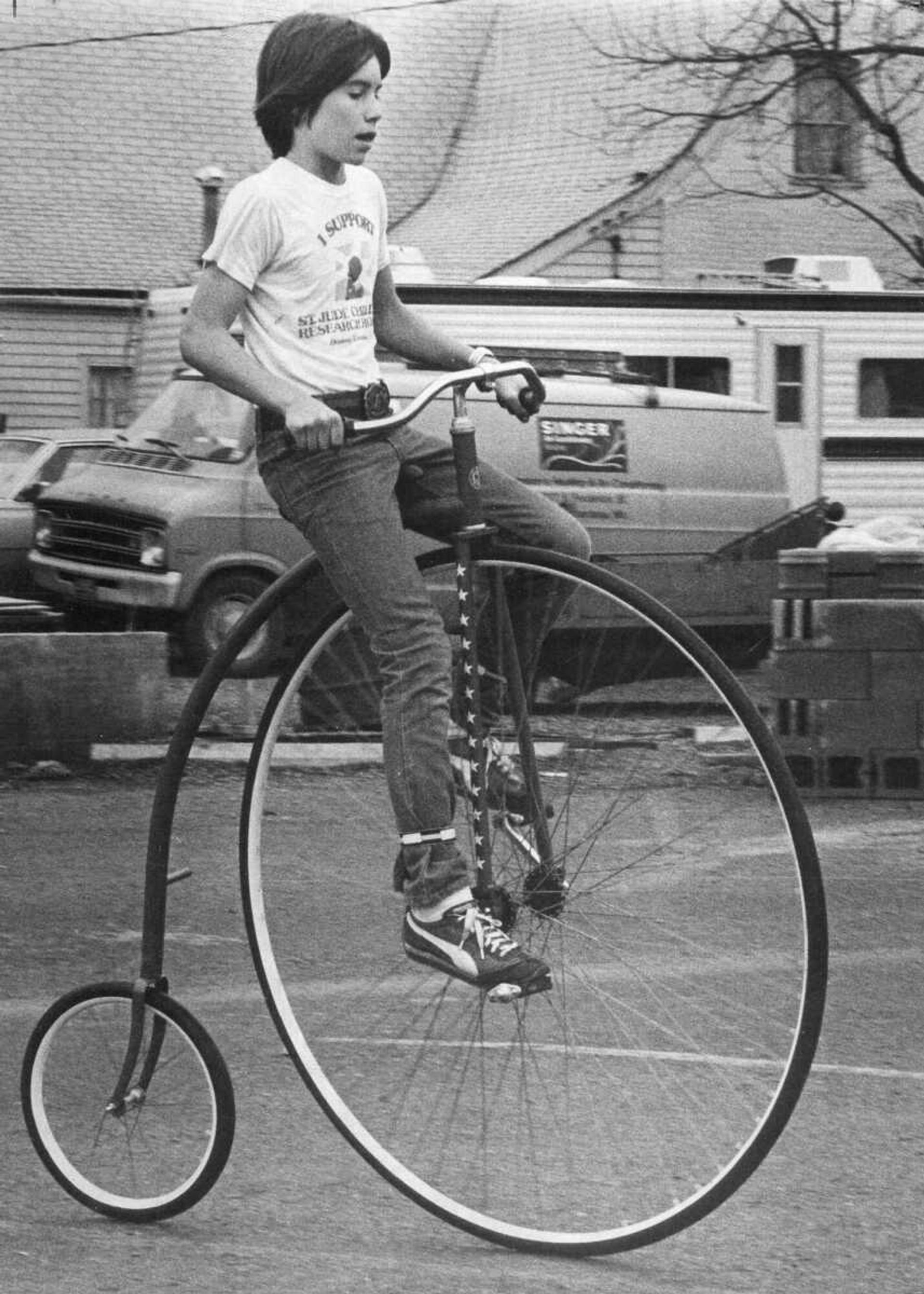
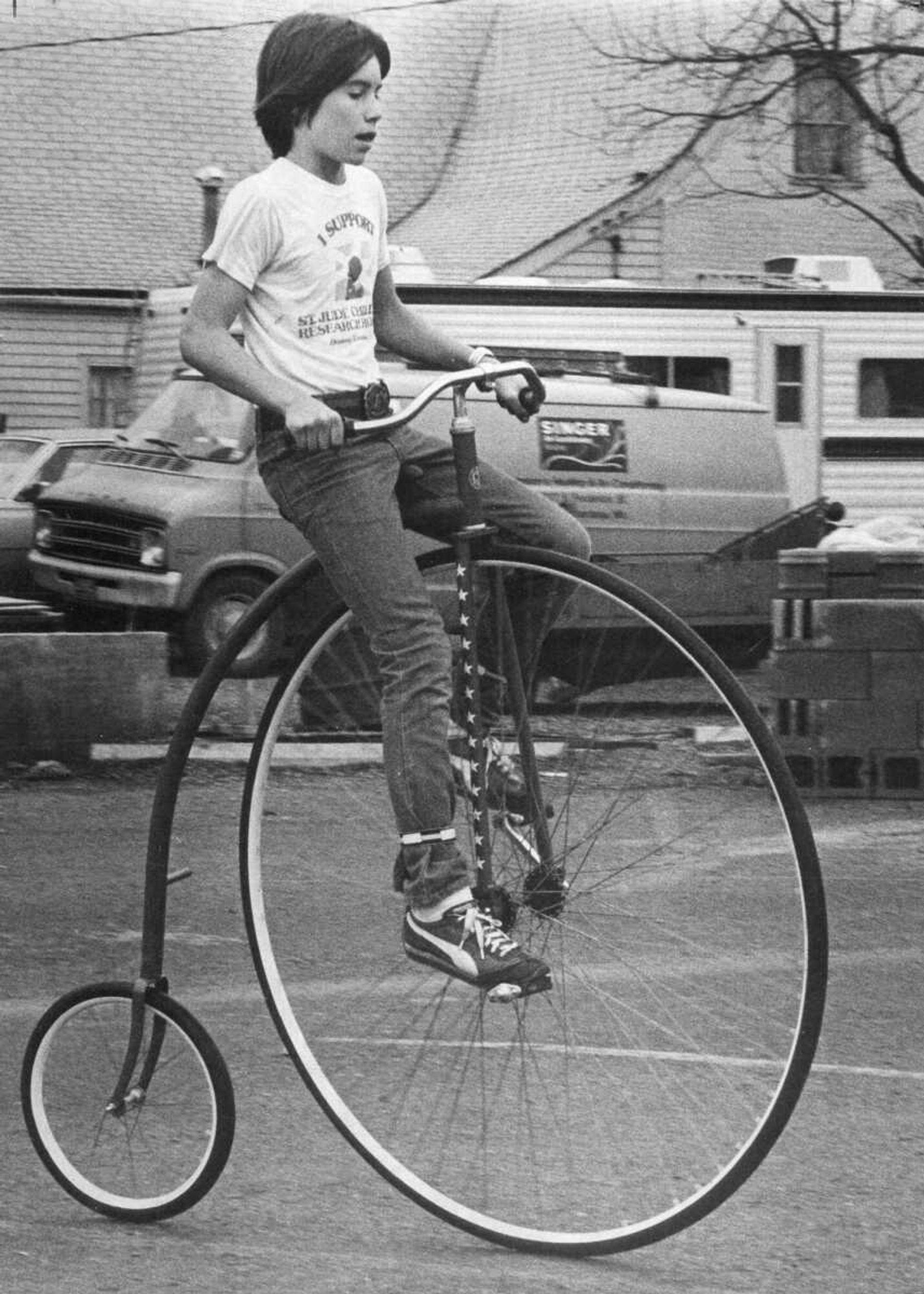
__Grassroots community__
Often, groups form simply because like-minded individuals want to get together and share their love of riding, whether it is for social rides or for the sense of competition. Sometimes, this means organized rides and races, and sometimes, it means grassroots gatherings.
The David Hasselhoff 5 (DH5), an unofficial club, started in 2001 when a few friends who worked in the service industry wanted to get together and ride, but their jobs made it difficult to join already-established group rides. They originally met at 11 p.m. on Monday nights and rode for a couple of hours.
People showed up for these social rides on mountain bikes, BMX bikes, track bikes and road bikes. The focus was on socializing and exploring the nooks and crannies of the local community and often featured themed nights. Over the years, the group rides shifted days and start times and eventually dropped the unofficial club name, but people from all walks of life still continue to meet up to spend a few hours together riding and socializing after dark.
In 2007, the DH5 crew started organizing “Alley Cats,” underground, unsanctioned races that first started as scavenger hunts. In subsequent years, they changed the rules slightly, requiring each participant to hide a designated number of objects in one place. Then, everyone would meet up to share the location of their objects, and the person who collected an object from each location and got to the finish line first was the winner. Alley cats occurred consistently through 2011 and then intermittently throughout 2020.
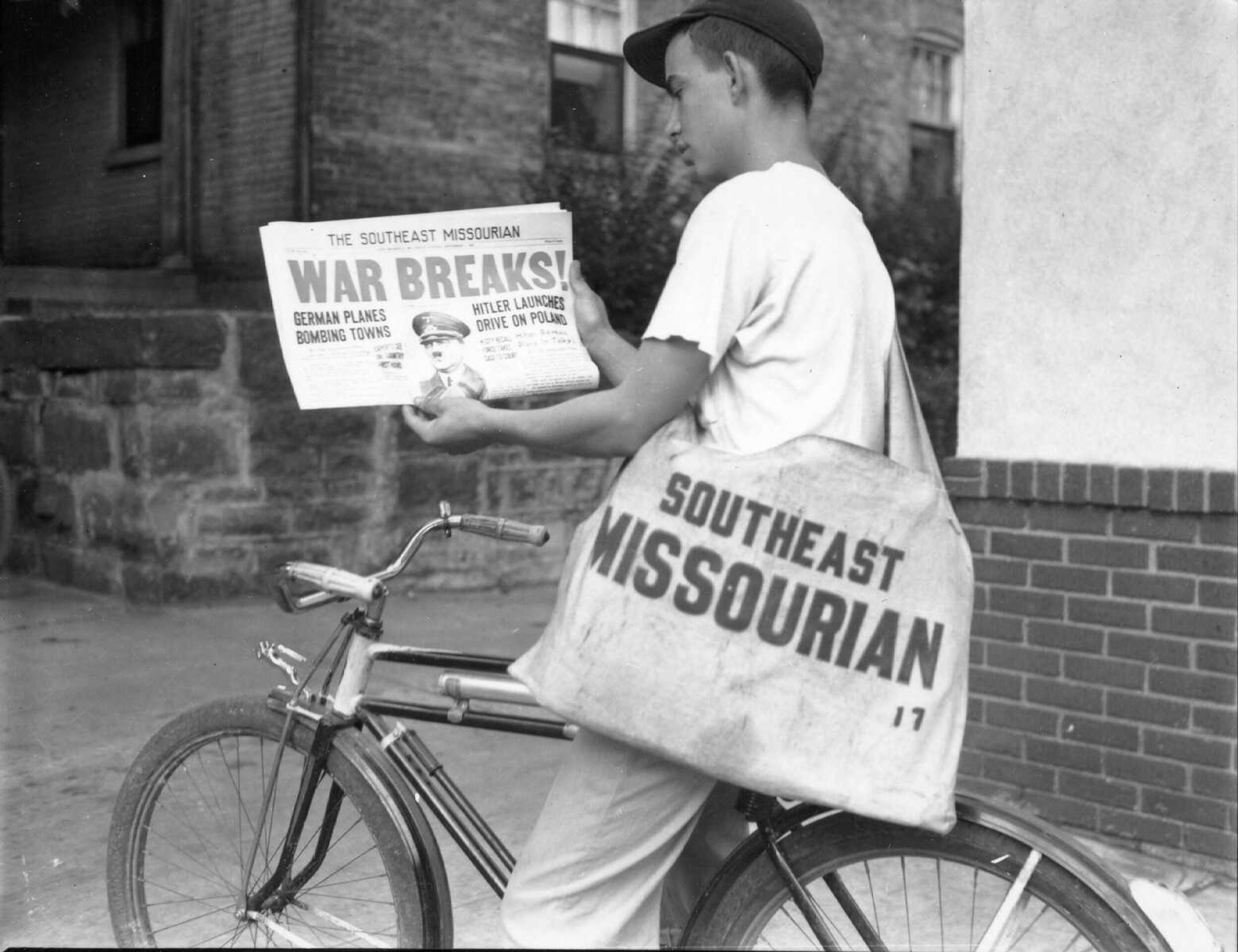
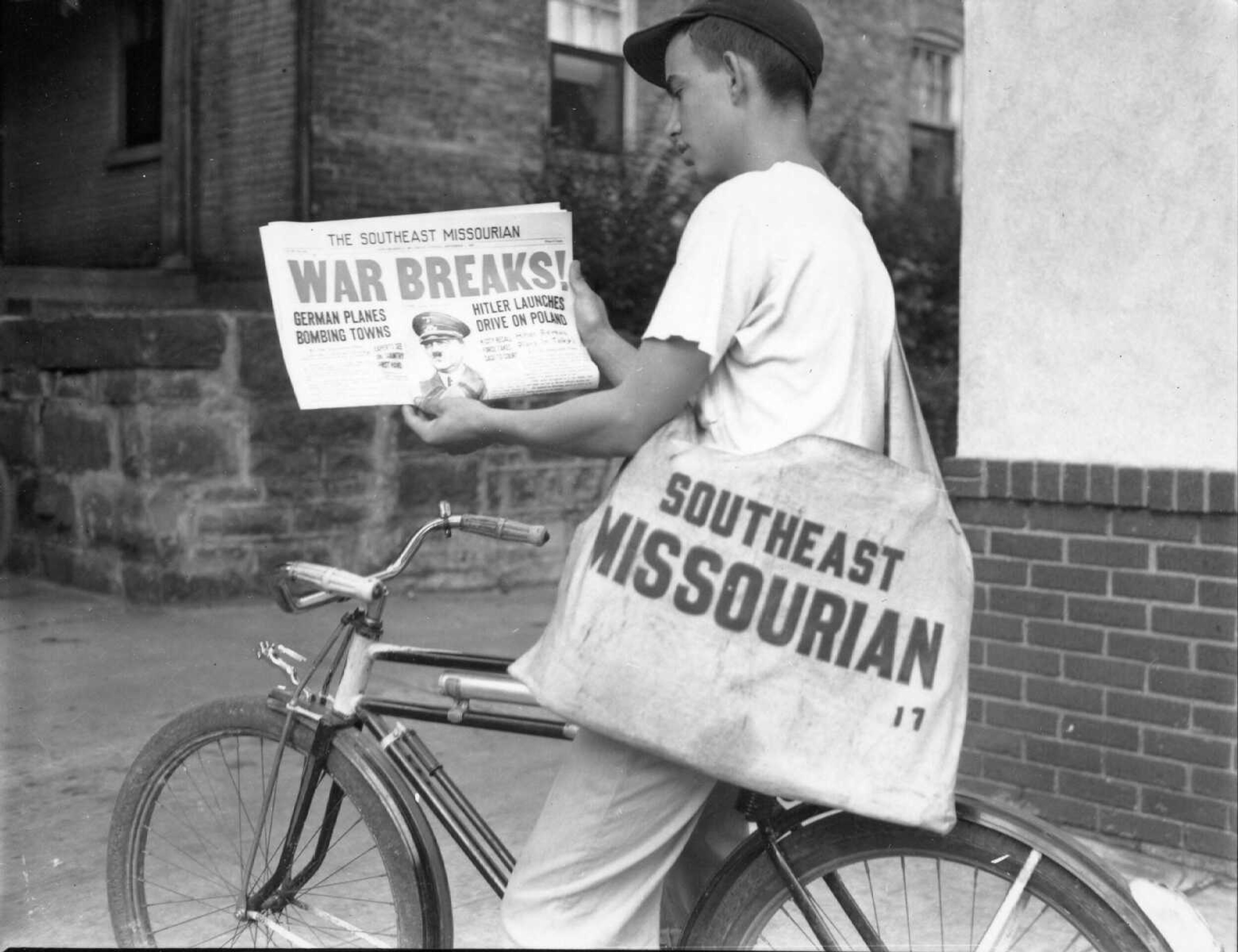
In 2012, Don Hinkebein began organizing a weekly time trial on Saturday mornings, weather permitting. The course record for the 10-mile route is currently 21 minutes and 14 seconds. On any given week, there are anywhere from two to 22 participants, and Hinkebein posts weekly standings on Facebook to keep the sense of competition rolling.
573 Cycling is another unofficial club organized via Facebook. It started in 2015 and was founded on the principles that every cyclist, no matter what their age, skill level or discipline, should have a friendly community to support them with a commitment to spreading the joy of cycling to the communities in Southeast Missouri. Group members post information about upcoming rides and events, as well as bike-related memes and news clips. This Facebook group is a way for folks new to the area or new to cycling to make connections with others.
“Being involved in the Cape G cycling community is a DIY punk rock activity,” says Kris Baranovic, bike commuter since 2006 and one of the original members of DH5. “It mixes the affluent and the indigent, the productive and the listless, the doers and the dreamers into a disconnected stew, united by the fleeting excitement that arrives when the spell of American automobilism is broken, even for just a moment. It changes lives. It’s Cape at another pace.”
The Cape Girardeau cycling community is ever-growing and evolving, with many other groups beyond those listed, including the SEMO Mudcats composite mountain bike team for kids in grades 5 through 11.
This community has something to offer people from all ages, backgrounds and interests. People may start riding for exercise and health benefits, but they also ride to heal from heartbreak or to celebrate milestones. Lifelong friendships form while out on a ride, and this strong sense of community brings people back to the next ride time and again.
__Places to ride__
Looking for new places to explore via bike? Try these:
__Cape LaCroix Recreation Trail:__ A six-mile paved greenway connecting Osage Park on North Kingshighway to Shawnee Park at 835 S. West End Blvd. in Cape Girardeau.
__Crossroads Mountain Bike Park:__ Located behind Crossroads Church off Sappington Drive in Jackson, this trail system/bike park includes cross country trails, as well as four technical, rocky enduro lines that can be accessed at a hub called The Summit, located at the top of the Stovepipe section, and four downhill flow/jump lines that are accessed at The Hub at the top of the Firebox section. The flow trails and enduro trails are downhill-only. The downhill lines are fast and fun, but you will encounter rocks, big jumps, gaps, drops, large berms and bridges.
__Klaus Park:__ This approximately 4.5-mile loop of singletrack at 5303 Old Cape Road E in Jackson has a little bit of everything, including small berms, a few smaller roller-style jumps/humps, technical sections and some grunt climbs.
__Gravel roads:__ This region provides an abundance of gravel to ride on, including in North Cape County near the Apple Creek Conservation Area and Hines Landing; in Perry County near Altenburg, Mo., and in Bollinger County. In addition, the Southern Illinois levees, LaRue Pine Hills and Shawnee National Forest areas provide good places to ride.
__Paved roads with minimal traffic:__ Try riding the county roads between North Cape Girardeau and Procter and Gamble, as well as the county roads behind Notre Dame Regional High School.
__Up and Coming__
The Legion Lake Multi-Use Trail will be a 4.5-mile cross country-style continuous loop around Legion Lake at 1100 Veterans Dr. in Perryville, Mo. The trail includes downhill lines for beginner, intermediate and advanced riders, all coming from a hub. There will also be a 7,500-square-foot skills track area and a 12,000-square-foot dirt pump track for those who want more variety. The trail is projected to be completed this summer.
